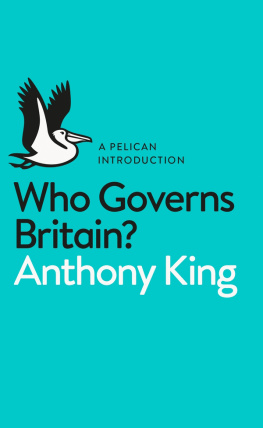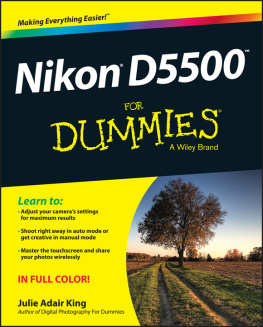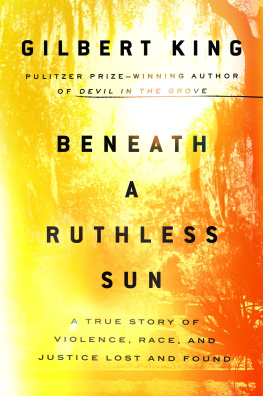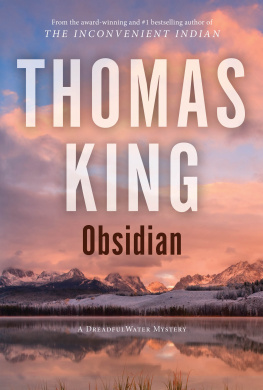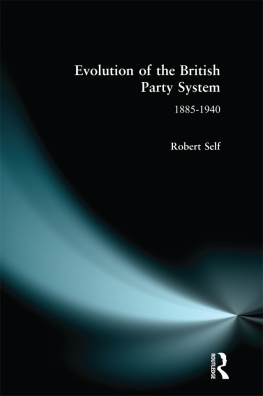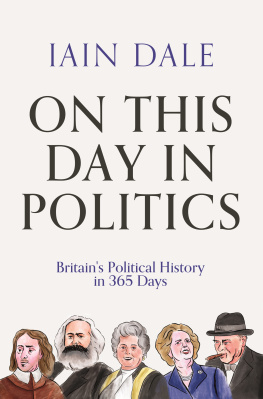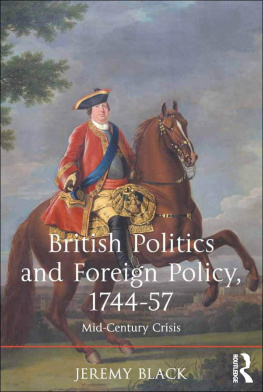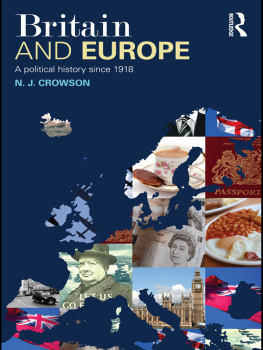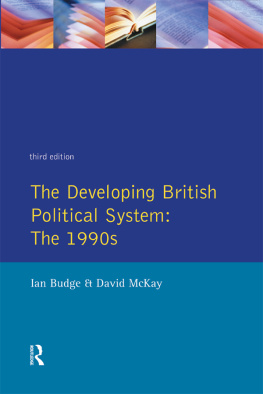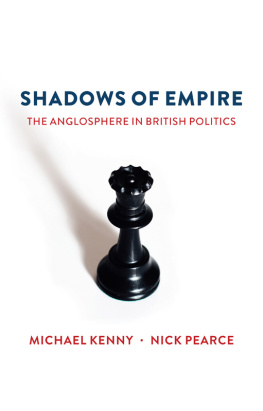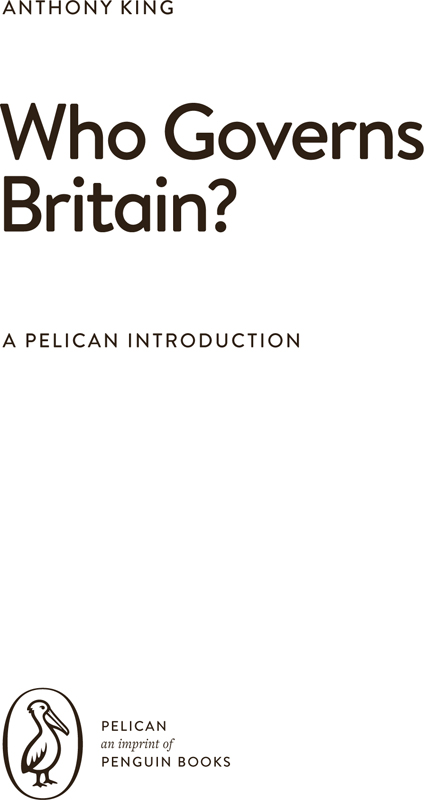Penguin Books is part of the Penguin Random House group of companies whose addresses can be found at global.penguinrandomhouse.com .
Let the conversation begin...
Preface
This short book seeks to answer the single question asked in the title. It is not a textbook, one of those hefty tomes in which all possible questions are asked and answered, mainly in the interests of people who have to pass exams. Instead, it merely seeks to point out that the governing arrangements of the United Kingdom are not quite what they seem and, along the way, to raise some questions some explicit, some implicit about whether Britains political system, as it stands, is all that it should be. The book is not yet another reformist rant, yet the reader may detect in the author a certain unease about the way we are governed now an unease not confined to the governments of this, that or any other political party (or parties). Our grand old ship of state seems to have sprung some leaks.
What follows is about the central government of the United Kingdom: the government based in London, at Westminster and in and around Whitehall. It is not about local government, and, more important, it is not about the governments of Scotland, Wales and Northern Ireland. The author is acutely conscious that those other governments especially the ones in Edinburgh, Cardiff and Belfast exist and are hugely important. Their existence has changed fundamentally the UKs whole governing geometry, a fact that is frequently alluded to in the pages that follow. But the WestminsterWhitehall system is still sufficiently important and certainly still sufficiently intriguing to make it worth a short book of its own. The other governments are for another day.
The order in which the chapters are set out will probably strike some readers as idiosyncratic. They will be right. It is. The deliberate aim of the exercise for example, giving foreigners pride of place in an early chapter and leaving prime ministers until towards the very end is to disturb the order in which topics like these are customarily approached, an order that in a curious way encourages readers to think along conventional lines when new times perhaps require a less conventional approach. No chapter, or even any large part of a chapter, is devoted to the House of Lords, a body over which much ink has been spilt. The reason is simply that, as it currently stands, the House of Lords is able to vex ministers and take up their time; but for better or worse it is nowadays an essentially peripheral body, not a core part of this countrys governing arrangements. Time spent discussing the Lords is time not spent discussing other, more important matters.
What follows is the view that one person the present author has of Britains political landscape as it appears from, so to speak, the window of a passenger aircraft cruising at 35,000 feet. Snow-capped mountains are clearly visible, as are lakes, plains and wide river valleys; but enormous amounts of detail, visible and highly significant down below on the ground, are lost. Cars and lorries moving along dual-carriageway roads are only dimly visible, and it is quite hard to make out individual houses, even big ones. This is no more than a book about the landscapes most prominent features and, in particular, about those that are relatively permanent and seem least likely to change in the short term. That said, Britains political landscape is changing very rapidly and this particular book, through no fault of the authors, may fail to detect the most recent seismic shifts. We live in interesting times.
Although the authors mistakes and misinterpretations are entirely his own, he was prevented from making even more of them by seven generous and patient friends who read the entire manuscript at short notice and at great speed: Ivor Crewe, Alun Evans, Peter Kellner, Penelope Phillips, Anthony Stamp and Stephen and Melinda Varcoe. They contributed much, almost certainly more than they realize. The same is true of Andrew Gordon of David Higham, Laura Stickney of Penguin Books (the two of whom first conceived of the whole enterprise) and Kit Shepherd, who copy-edited the manuscript also at short notice and at speed and who made still more corrections and substantially improved the overall quality of the manuscript. Valuable research assistance was provided by Katerina Balta and Rob Kemp. All of them deserve, and herewith receive, the authors enormous gratitude.
Anthony King
Wakes Colne, Essex
January 2015
This
What did that system consist of? An answer to that question is provided in the rest of this chapter. The answer provided here may lack subtlety and nuance, but it should capture the systems main features.
Perched atop the apex of power in that system, visible for miles, was HMG, His Majestys Government (from 1953, for several generations, Her Majestys Government). The role of the monarch him- or herself was overwhelmingly symbolic and ceremonial, scarcely at all political or governmental; for all practical purposes, the United Kingdom, despite its name, had long ago become a republic. The government of the day was most of what really mattered. It was led by the prime minister and his cabinet, the latter comprising some twenty ministers, most of them heads of government departments. Serving under members of the cabinet were some sixty junior ministers, whose titles varied. A scattering of ministers at all levels of government were peers, members of the House of Lords; but by convention most were MPs, members of the House of Commons. Apart from being peers and MPs, at that time they came from a wide variety of backgrounds. Clement Attlees postwar Labour administration included a heavyweight trade-union leader, other trade-union officials, a prominent (and seriously rich) barrister, an economics lecturer, a school teacher, an eminent surgeon and a former leader of the London County Council. Winston Churchills postwar Conservative administration, the successor to Attlees, included a well-known publisher, the manager of a large department store, a research physicist, a retired army general, the managing director of a metals firm and a number of senior barristers, one of whom had prosecuted Nazi war criminals at the Nuremberg trials.

